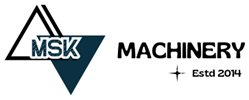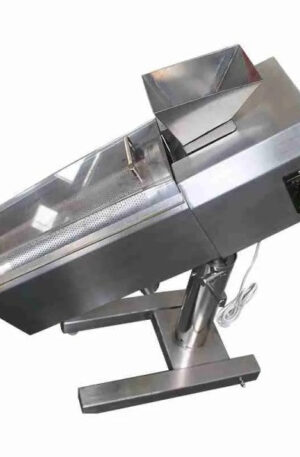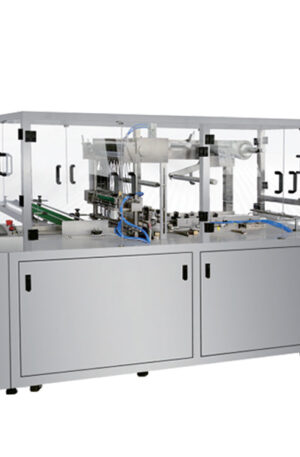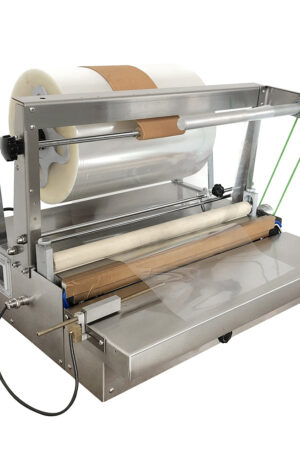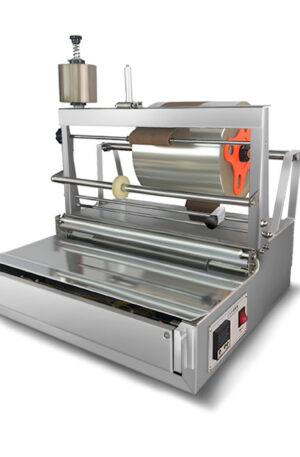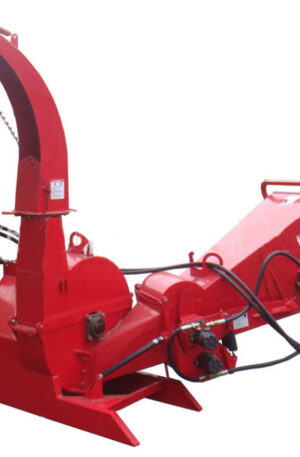“The Evolution of Pharmaceutical Machinery: A Technological Revolution in Medicine”
Pharmaceutical machinery has undergone a significant evolution over the years, transforming the way medications are produced on a large scale. Among these advancements, the development of table press machines and capsule filling machines has revolutionized the pharmaceutical industry, making the manufacturing process more efficient and precise than ever before.
One key piece of equipment in the pharmaceutical manufacturing process is the table press machine. Also known as tablet presses, these machines play a crucial role in the production of pharmaceutical tablets. Table press machines come in various types, including single punch, rotary tablet press, and high-speed tablet press. The efficiency and accuracy of these machines have greatly improved with the integration of advanced technologies, such as automatic feeding systems and real-time monitoring capabilities. These advancements have not only increased the production speed but also ensured the uniformity and quality of the tablets produced.
Another essential piece of pharmaceutical machinery is the capsule filling machine. These machines automate the process of filling empty capsule shells with the desired medication, offering a convenient and precise method of dosage delivery. The evolution of capsule filling machines has seen the integration of features like adjustable filling depths, high-speed production capabilities, and automated cleaning processes. These advancements have significantly reduced the risk of contamination and human error in the capsule filling process, ultimately improving the safety and reliability of the medications produced.
Two commonly used table press machines in the pharmaceutical industry are the TDP (Tablet Press) and THDP (High-Speed Tablet Press). The TDP is a single-punch tablet press that is widely used for small-scale production, research, and development purposes. On the other hand, the THDP is a high-speed tablet press designed for large-scale production, capable of producing thousands of tablets per minute. Both machines have become essential tools in pharmaceutical manufacturing, offering efficiency, precision, and consistency in tablet production.
In conclusion, the evolution of pharmaceutical machinery, particularly table press machines and capsule filling machines, has brought about a technological revolution in the field of medicine. These advancements have not only improved the efficiency and accuracy of the pharmaceutical manufacturing process but also enhanced the quality and safety of the medications produced. As technology continues to advance, we can expect further innovations in pharmaceutical machinery that will shape the future of medicine and healthcare.
